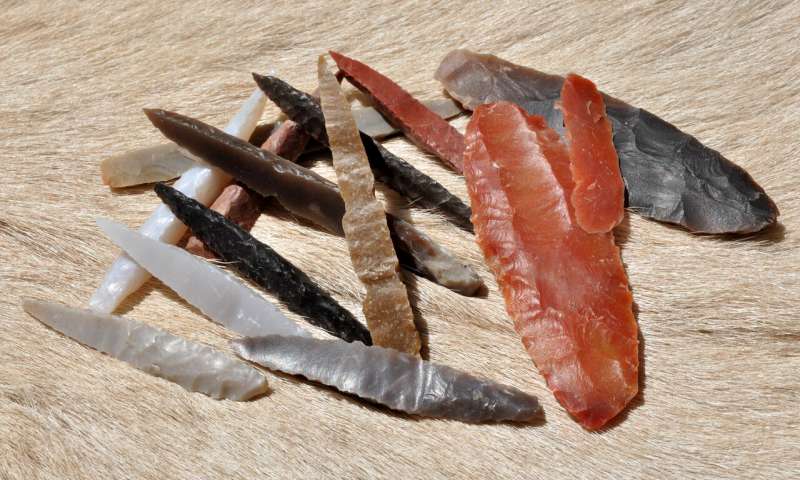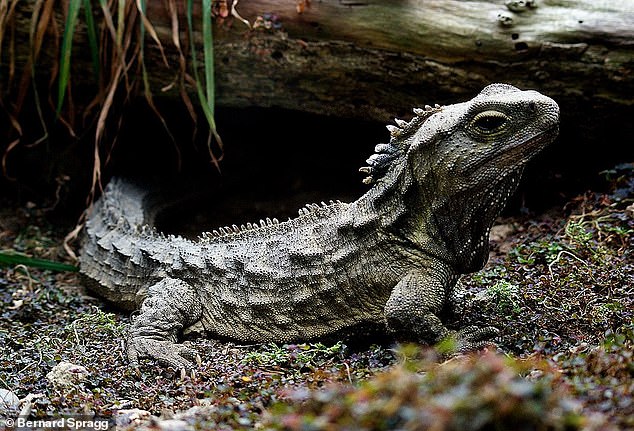At https://spaceweather.com (6th August, 2020) .. we are told that cycle 25 is now definitely coming to life. We even have a sunspot facing in the direction of the earth. No sign of a blast of solar wind as yet but lots of minor solar flaring is going on as the activity begins to spread across the face of the sun …

Over at https://notrickszone.com/2020/08/06/new-study-rising-co2-drives-post-198… … it seems that around 70 per cent of the earth's post 1980s vegetation greening trend has been driven by co2 fertilisation. In turn, that additional greening has itself offset or reversed nearly a third of recent anthropogenic emissions of co2. Greening, it seems, has a net cooling effect on global temperatures.
At https://phys.org/news/2020-08-ancient-arabia-tools-skills.html … people living in what is now the Yemen and Oman, around 8000 years ago, created fluted stone tools that are said to resemble, in technology if not in size and shape, those made by the Clovis people in North America, around 14,000 years ago. The Clovis technology was used to make the arrow head or spear head more functional. In Arabia, we are told, people used it to demonstrate their skills. It was all for show. Or that is the hypothesis. It sounds a bit like polished stone axes. Beautifully made and lovingly polished but never used. They too were for show. It is suspected that stone axes also had a symbolical value, representing meteorites, or thunderbolts. Did the fluted stone tools of Arabia also have a symbolical meaning. What may they have represented?

![]()
At https://phys.org/news/2020-08-dinosaur-relative-genome-linked-mammals.html … Australian and New Zealand scientists have sequenced the genome of a tuatara, a rare reptile with an origin going back into the dinosaur era. Never heard of it? Likewise. It lived during the Triassic, we are told, around 250 million years ago. It is now found in New Zealand. A survivor of the dinosaur period. See https://doi.org/10/1038/s41586-020-2561-9 … Its genome shares features in common with certain mammals. These include the platypus and the echidna. The platypus is a strange looking mammal. What a bed fellow. Other genes are more similar to those of lizards. Is a meal being made of this?

 … See also
… See also